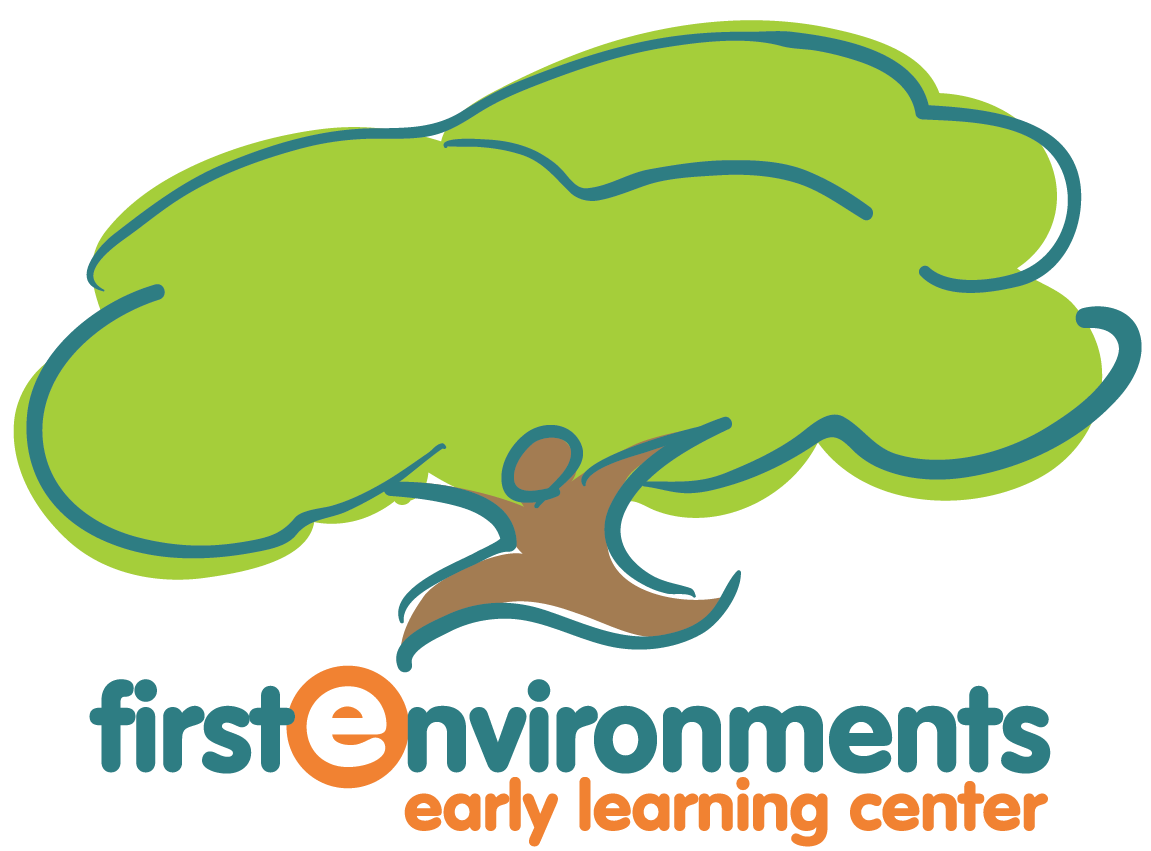sustainability
What’s good for the planet is good for FEELC’s overhead, too. The sustainable operations practices require maximizing every dollar spent and avoiding expenditures by using donated, found, recycled and waste items for programming.
Some examples include ‘conference sharing,” where one FEELC staff member attends and then shares the conference output with other staff members. The entire organization collaborates on planned expenditures, but only after brainstorming ways to avert costs and how any purchases can be shared among staff and children.
FEELC’s staff satisfaction is evident in their extremely low turnover rates.
Cycle of Use and Reuse
Modeling what it preaches, FEELC emphasizes the reduce-reuse-recycle model. In addition to using found and discarded objects for programming, children feed the compost pile with kitchen waste, collect AC condensate for irrigation and recycle any waste created (but only after brainstorming another use for the items.) Bread pudding, for example, is a favorite treat, but students know it is only served when enough stale bread accumulates for reuse
Externally, FEELC capitalizes on others’ waste or excess. The rubber playground mulch was on its way to a landfill before being diverted to FEELC. Surplus or discarded paper, boxes and other materials from the neighboring EPA and NIEHS facilities fuel craft and “construction” projects (Solar panel boxes, for example, make a nifty fort.) Salvage yards yield metal scraps for trellises, nurseries donate plants and seeds and a local scrap exchange offers textiles of every nature at free or reduced costs.
FEELC parents also donate heavily, but not at great cost. Garage cleanout and yard sale discards regularly appear, often at the child’s request. Clearly the sustainability lessons have taken root.
Early Environmental Education
FEELC’s philosophy of child-driven programming emphasizes nature as a “third” teacher (after children themselves and their classroom teacher) so environmental education begins early.
Children are born natural care givers, so even 18-month olds water flowers ‘just like the big kids.” Spending time outside at early ages creates comfort and confidence with the outdoors, which averts nature deficit disorder as children wonder and wander in the natural habitat and planned gardens.
A Duke Power partnership led to solar panels being mounted on FEELC’s roof at no cost in 2010. During the summer months, the panels generate enough energy to serve 17 average households energy needs. The panels stimulate discussions about how sustainable energy is created and why we need to share it.
Composting leaves, feeding worm bins, capturing stormwater in rain gardens and planting to encourage bees and butterflies for pollination are not just sustainable, they extend fiscal resources. Children internalize the sustainability concepts early and lay the foundation for stewardship as they grow.
Teaching Teachers
Conference sharing is just one example of low-cost staff enrichment. Cross training among staff is another. One teacher pursuing environmental educator certification shares lessons with others. Gifts unique to each staff member are shared widely. In addition to child care certifications, FEELC staff members include puppeteers, musicians, Spanish speakers and dancers whose skills enrich the entire school. Those with deeper backgrounds in science, nature and literacy cross-train, cross-teach and collaborate on school-wide classes, lessons and projects.
Tours and program visits are encouraged and FEELC both hosts and attends conferences to share and learn. FEELC also consults with other schools. Program design, making the most of indoor and outdoor spaces and how to maximize budgets are the most common requests.
Community Resources
Staff talents are augmented with community resources to expand programming without adding costs. The City of Raleigh’s artist in residence and a county park ranger have visited the school, but teachers also attend state Museum of Natural Sciences workshops and gather free materials to bring back to school.
The local U.S Fish and Wildlife office offers free, age appropriate materials and a partnership with a local high school encourage students at both facilities to learn about each other.
Last updated: 1/26/2017

